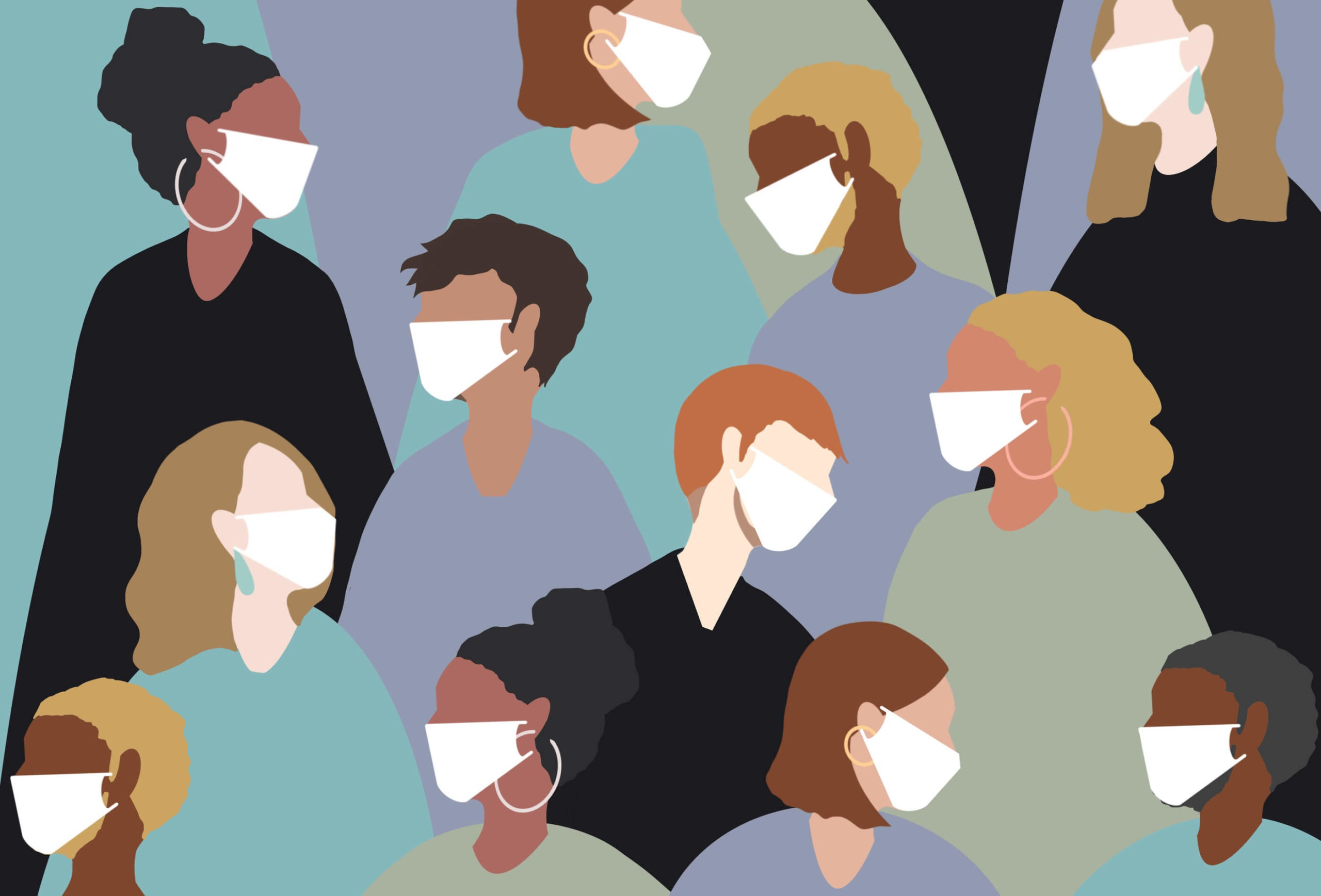Late Sunday evening, lawmakers finally came to an agreement on the long-awaited, second coronavirus relief package. Although much smaller than Democrats had hoped for, the $900 billion bill is expected to be passed by Congress on Monday and signed shortly thereafter by President Trump. Full details have not been released as yet, but here’s what we expect to see included in the new coronavirus relief bill.
New Coronavirus Relief Bill Aid & Support
Stimulus Checks
Payments, which could start going out as early as mid-January, will be up to $600 per adult and dependent. The amount is significantly less for adults compared to that provided under the CARES Act, but the dependent amount increased by $100. Another change is the requirement of a Social Security number to receive the funding. Under this new bill, households that include mixed-status families (citizen and non-citizen) would be eligible for the payment. At this time, it is not clear whether or not the income restrictions will be tightened or remain the same. It does appear, however, that the definition of who qualifies as a dependent will not be expanded.
Unemployment Benefits
The bill extends two pandemic unemployment programs under the CARES Act for an additional 11 weeks, both of which were set to expire at the end of this week. The Pandemic Unemployment Assistance program expands unemployment benefits to gig workers, independent contractors, freelancers, the self-employed, and other specific people affected by COVID-19. The Pandemic Emergency Unemployment Compensation program provides up to 13 weeks of additional unemployment payments after state benefits are exhausted. Congress is also adding $300 to all weekly unemployment benefits. Those who have multiple jobs and have lost income may also be eligible for a weekly $100 payment under the new coronavirus relief bill.
Small Business Support
The Paycheck Protection Program (PPP) is set to reopen with $284 billion in available funding. Those who previously received funding may apply for a second PPP loan. Eligibility has expanded to include more nonprofits, as well as local newspapers, television, and radio. A total of $12 billion is earmarked for minority-owned and very small businesses. There is also $15 billion to assist live venues, independent movie theaters, and cultural institutions.
Education Assistance & Child Care
Under the new coronavirus relief bill, schools and post-secondary institutions will have access to $82 billion to help prevent COVID-19 transmission and to safely reopen classrooms. The Pell Grant program was also expanded, allowing an additional 500,000 new recipients and ensuring 1.5 million students receive the maximum benefit. The bill also sets aside $10 billion in aid to support childcare providers who have struggled during the pandemic.
Housing Assistance
The moratorium on housing evictions that was set to expire on December 31 is now extended until January 31, 2021. The bill also includes $25 billion in rental assistance for individuals and families facing eviction. Eligible recipients may receive help with utility bills, rent, and other expenses that have accumulated during the pandemic.
Vaccine & Testing Aid
The new legislation includes $20 million for vaccine purchases to help provide them at no cost to those who need it. There is also another $8 million for vaccine distribution costs, $20 billion for states to conduct COVID-19 testing, and $20 billion in federal relief for healthcare providers.
Food Assistance
The Supplemental Nutrition Assistance Program (SNAP) will receive $13 billion. This will cover a 15% increase in benefits over six months, but it will not expand eligibility. The Emergency Food Assistance Program will receive $400 million to assist food banks and pantries. There is also another $175 million for senior nutrition services, like Meals on Wheels, and $13 million for the Commodity Supplemental Food Program.
Transportation Aid
A total of $45 billion is earmarked for transportation. Airlines are getting another $16 billion in financial support, while airports will receive $2 billion in funding. Transit systems will receive $14 billion. The remainder of the money will be given as follows: $10 billion for highways, $2 billion for intercity buses, and $1 billion for Amtrak.
Tax Provisions
There are many tax provisions expected in the new coronavirus relief bill, including enhancement of the Low-Income Housing Tax Credit, a more robust business meal tax deduction, and an extension of the Employee Retention Credit. The new bill would also allow taxpayers to use their 2019 income to claim the Earned Income Tax Credit and Child Tax Credit. For those who lost their income in 2020, this may provide larger credits because the amount phases in with income.
This list is only a small portion of what is expected to be included in the new bipartisan relief bill. Once it is signed into law, we’ll be sure to share all relevant tax updates with you and let you know how they may impact your 2020 income tax returns.
